THE FLOWER BOX FOR FLOWERS
THE KITCHEN STOVE FOR FOOD
THE JAMBONNIERE FOR… HAMS!
Let’s rediscover a made-to-measure utensil born of peasant common sense and the talent of the potters of Sainte-Eutrope.
To make a success of your homemade raw ham, it’s both simple and precise. First of all, it is advisable to choose a breeder who respects his animals and allows them to live in the open air. The real happiness of the pig is to be able to search the earth to unearth some food. The french term “fouir” (burrow/grub) was invented to designate this jubilant use of the snout in wild boar as in domestic pigs.
Provided with a ham of good provenance, therefore, the preparation is done according to the following steps:
-
Wash the ham in clear water.
-
Rub it with eau de vie.
-
Pepper the flesh and generously around the bone to discourage any invasion of insects.
-
Sprinkle it with two ladles of ash on the flesh and bone side.
-
Place it on vine shoots in a clay or wooden container.
-
Cover it entirely with coarse salt in which it must remain in a dry and cool place, allow 10 days for 5 kilos.
-
Take it out of the salt and rub it again with brandy and pepper.
-
Suspend it in a protective net near the hearth or in any case in a dry and ventilated place.
-
Let it dry thus protected for ideally two months.
-
Savor it in thin slices and always think before replacing it in its net to pepper well around the bone to enjoy your homemade raw ham to the last bit.
So in summary, you need a good ham, a liter of eau de vie, very dry vine shoots, two ladles of wood fire ashes, fine pepper and coarse salt in sufficient quantity to cover your ham.
And if in Périgord in particular, it is a wooden crate that is used to store the ham in coarse salt, the ultimate in the matter remains the famous terracotta ham box which literally takes the shape of the ham to be received. A truly remarkable typically Charentaise creation.
The one we present here shows the signature of its master potter, very proud of its achievement.
We observe on its enamel shades of gray tones, yellow ocher and even burnt sienna, resulting from the principle of firing which exceeds 1000° C. Which means that the ham boxes of this type are all made of stoneware.
They come, to be precise, from pottery centers established until the 19th century in Charente, around the village of Sainte-Eutrope.
A decorative object, this stoneware ham pot could just as well be used again and delight enlightened amateurs wishing to eat healthily by rediscovering these peasant recipes of yesteryear, jewels of an art of living as tasty as it respects the cycle of life.
Dimensions
Length: 73 cm, widest: 43 cm, narrowest: 17 cm, height: 16 cm.
Reference: [PA067]
Item shown as an example. Please contact David on 06 78 92 61 98 if you would like him to offer you similar pieces.
- All
- 17ᵗʰ century
- 18ᵗʰ century
- 19ᵗʰ century
- Antique pottery
- Auvergne
- Beech
- Buffet
- Butcher’s block
- Cake mold
- Cantal
- Cherry wood
- Confiturier
- Copper
- Country furniture
- Country style table
- Craft furniture
- Credenzia
- Dresser
- Early 19ᵗʰ century
- Early 20ᵗʰ century
- Farmhouse table
- France
- Furnitures
- Haute-Loire
- Head jug
- Homme-debout
- Jug
- Kettle
- Kitchen cabinet
- Kitchen furniture
- Landes
- Late 18ᵗʰ century
- Lot
- Louis XIII
- Louis XIV
- Louis XV
- Metal
- Mold
- Oak
- Objects bearing history
- Occitanie
- Oil jar
- Oil jug
- Panetière
- Périgord
- Period furniture
- Pie dish
- Pitcher
- Popular art furniture
- Provence
- Provincial art
- Quercy
- Sideboard
- Small furniture
- South of France
- South West of France
- Table
- Terracotta
- The treasure corner
- Two-body sideboard
- Ustensils
- waffle iron
- Walnut
- Wardrobe
- Water jug
- Wood species
- Wrought iron

![Terracotta ham pot – 19th century – Charente – [PA067]](https://www.aux-rois-louis.com/wp-content/uploads/2022/02/PA067_715-1200x600.jpg)
![PA067_715 Terracotta ham pot – 19th century – Charente – [PA067]](https://www.aux-rois-louis.com/wp-content/uploads/2022/02/PA067_715.jpg)
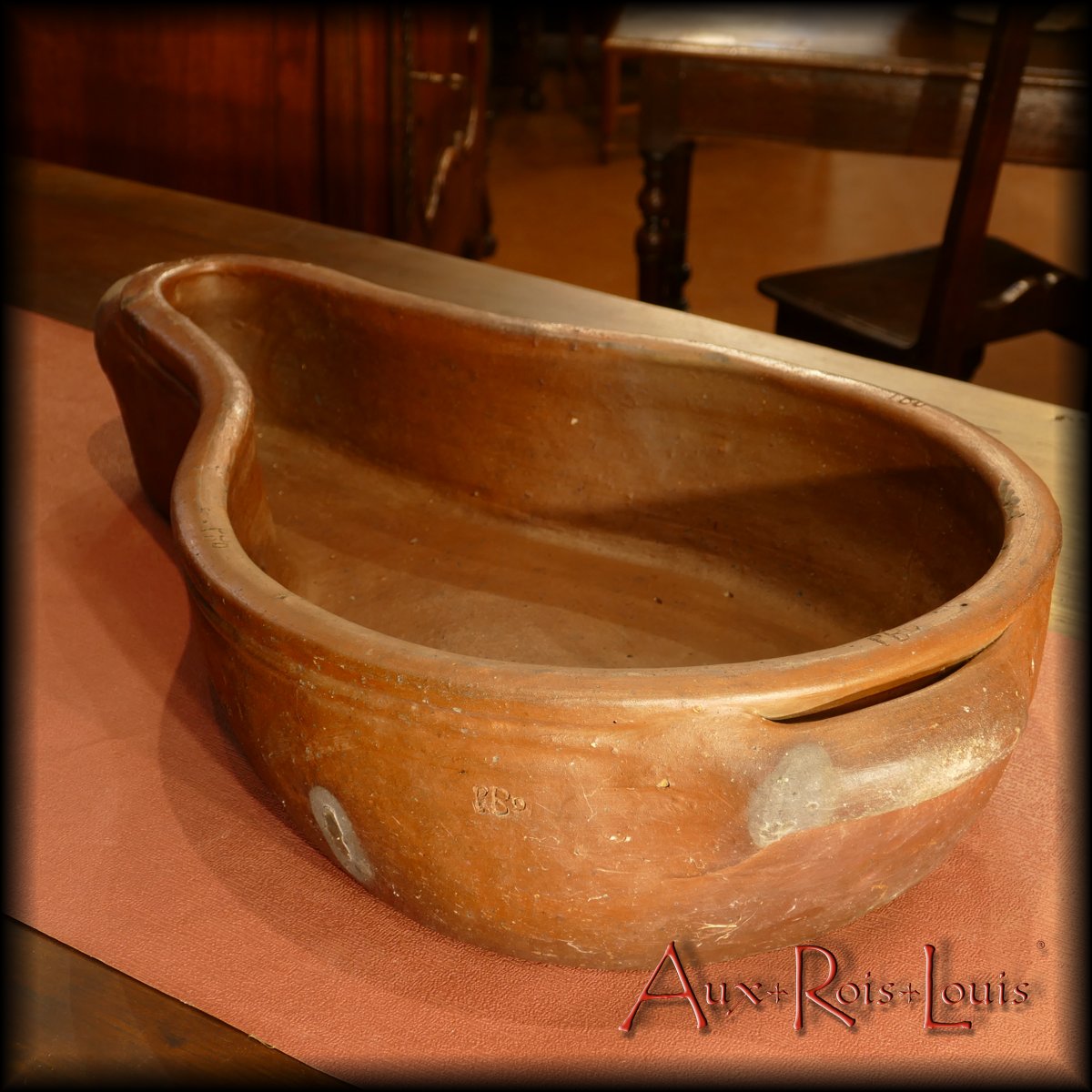
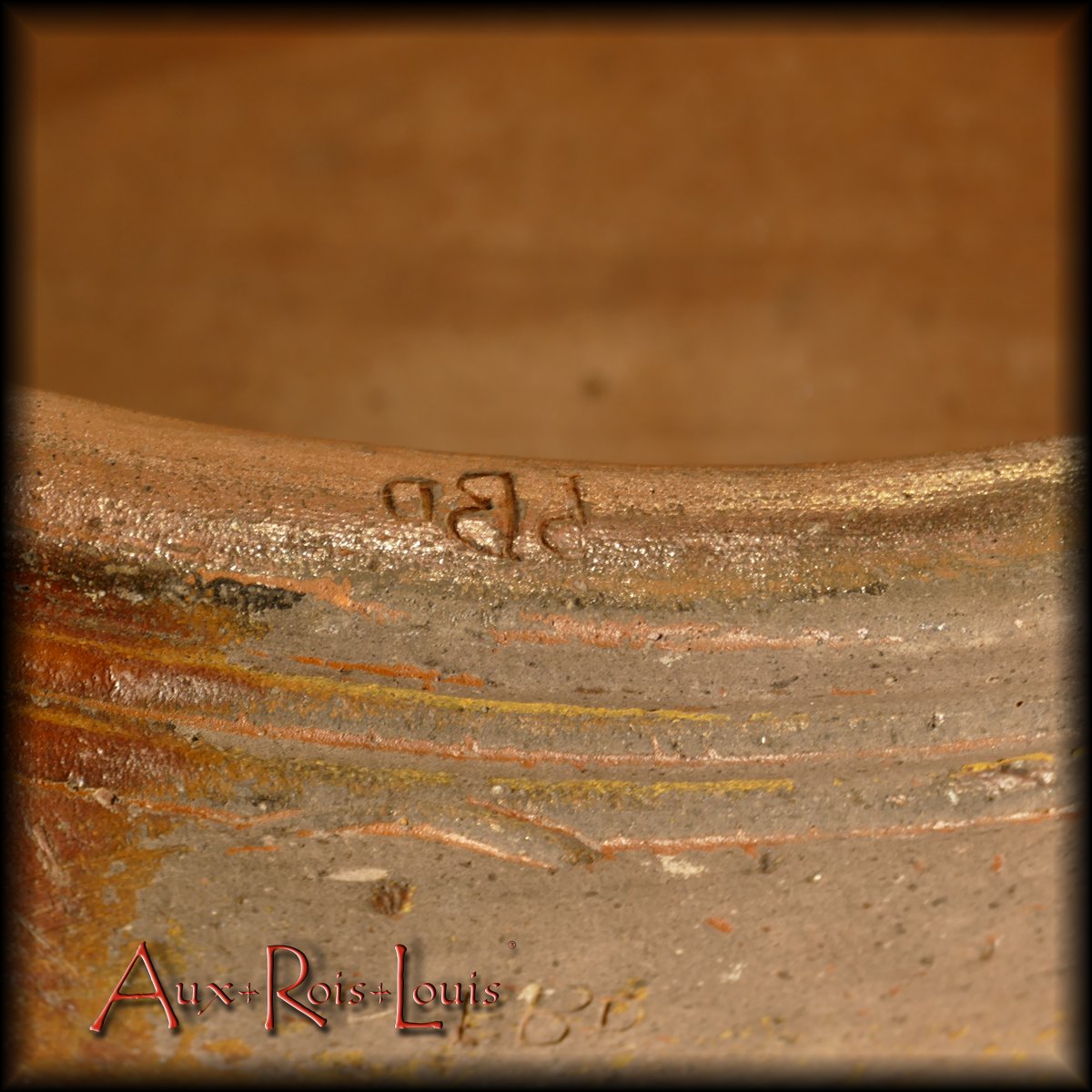
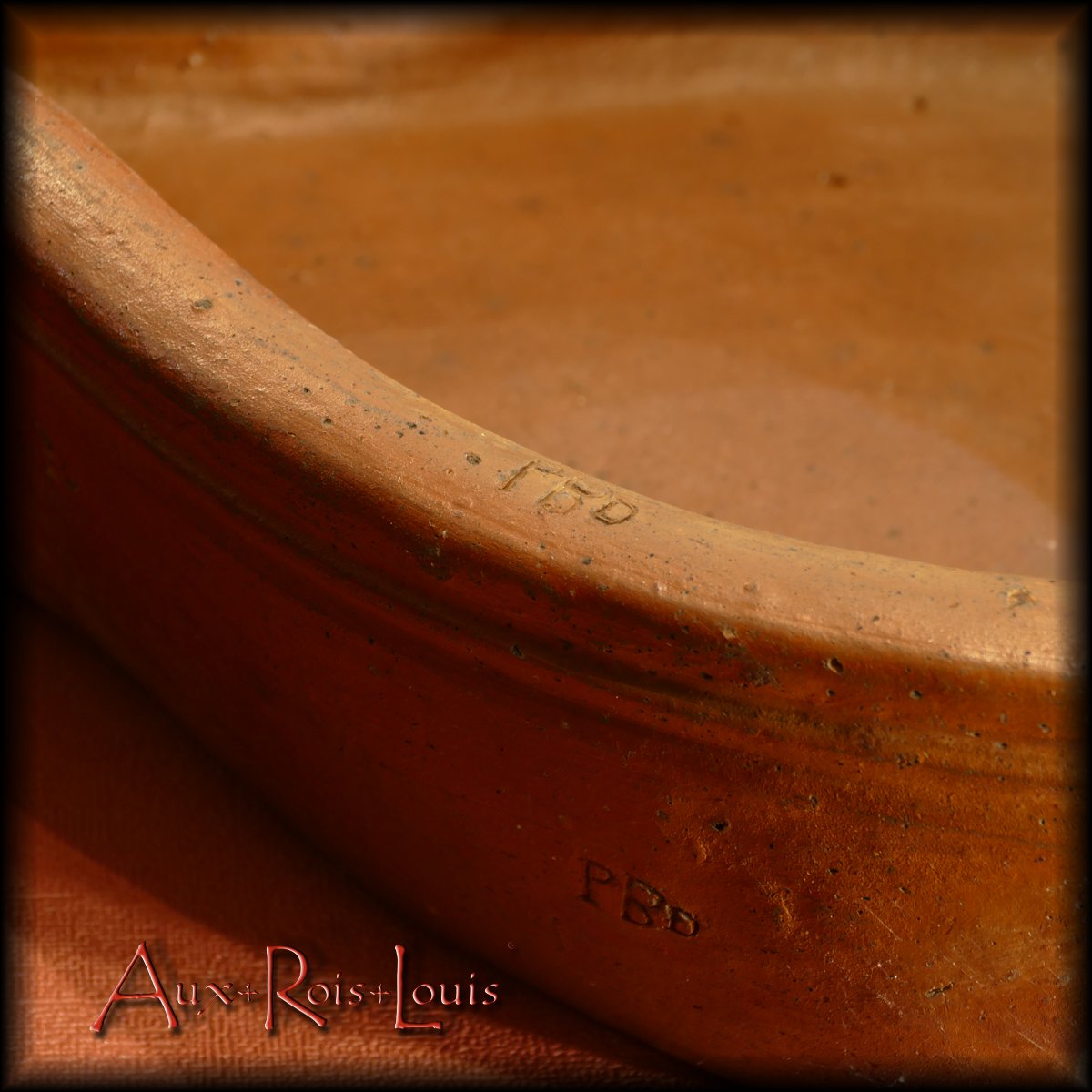
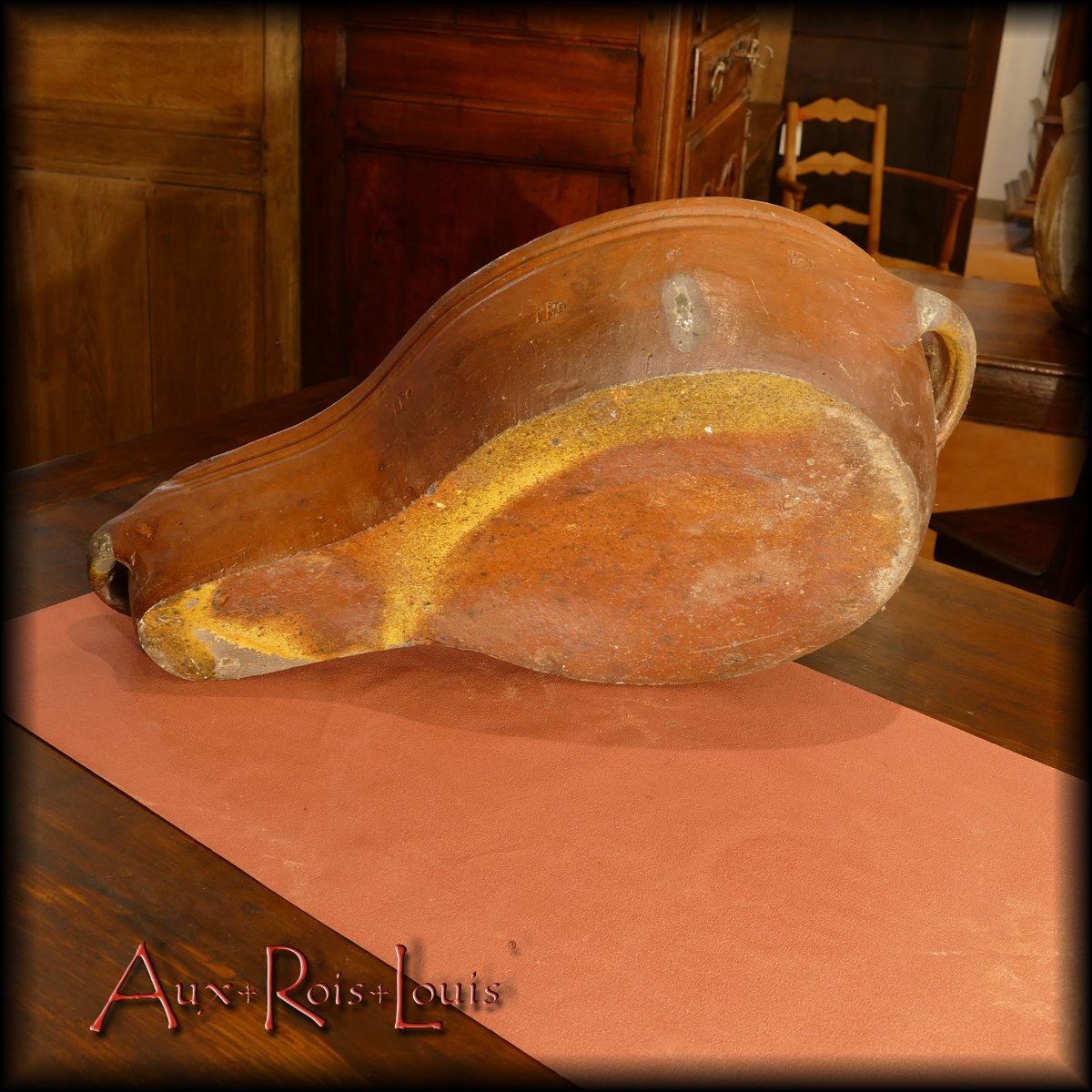
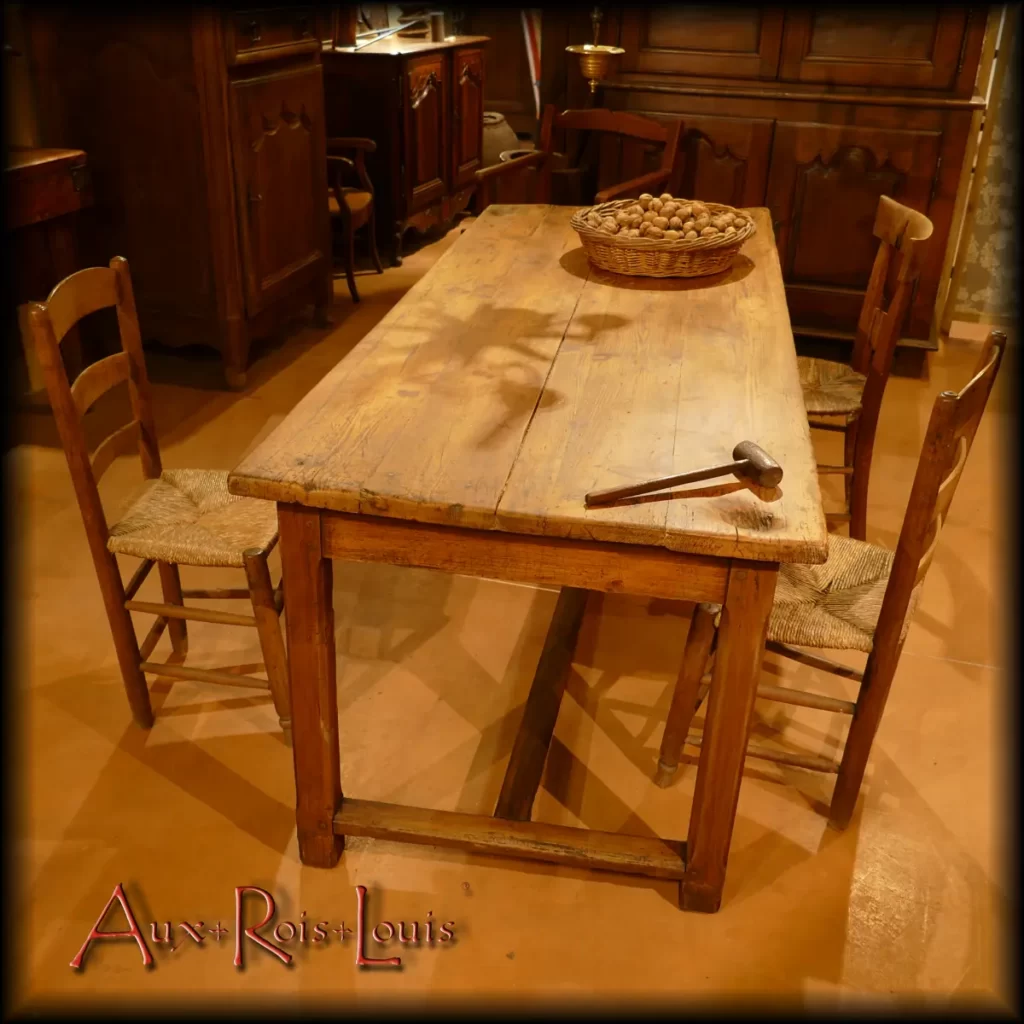
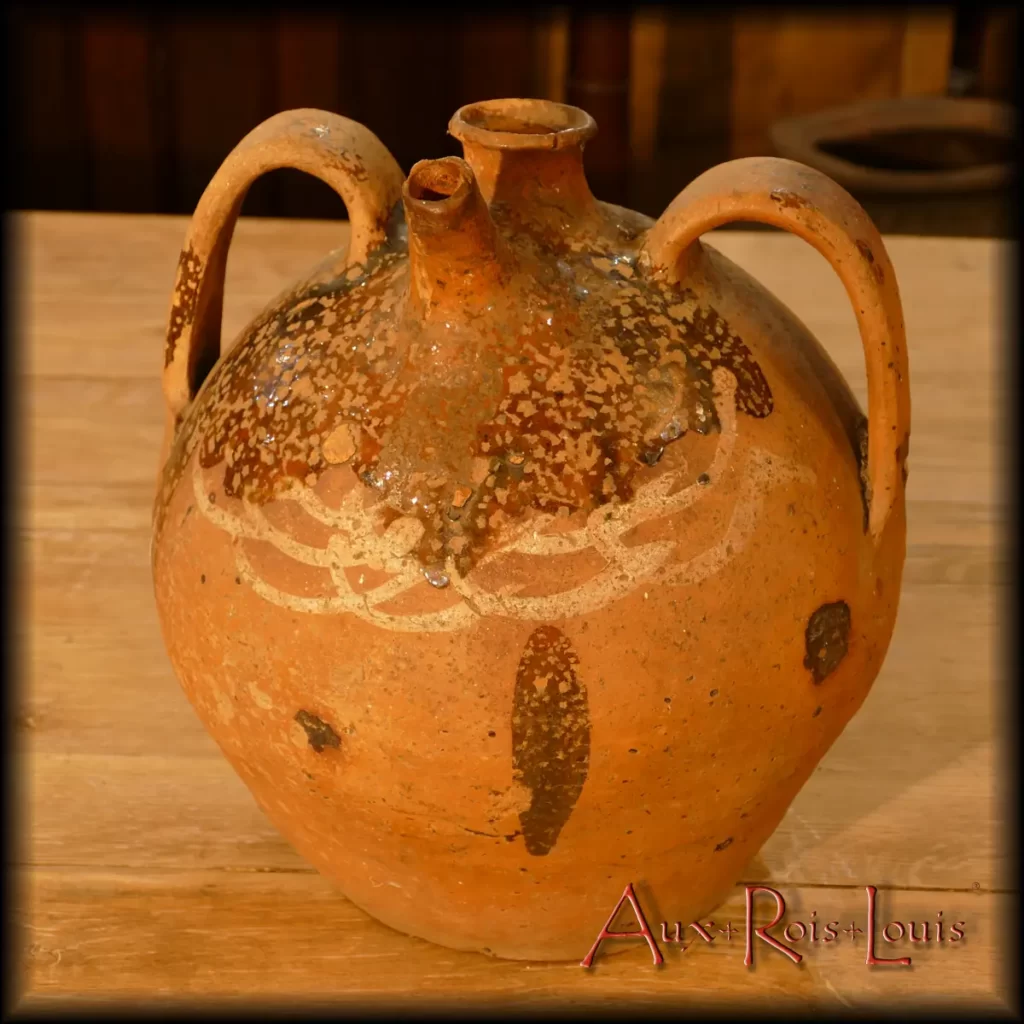
![Inseparable salt and flour boxes in walnut - 18th century - Provence - [MP025]](https://www.aux-rois-louis.com/wp-content/uploads/2021/11/MP025_153x900.jpg)
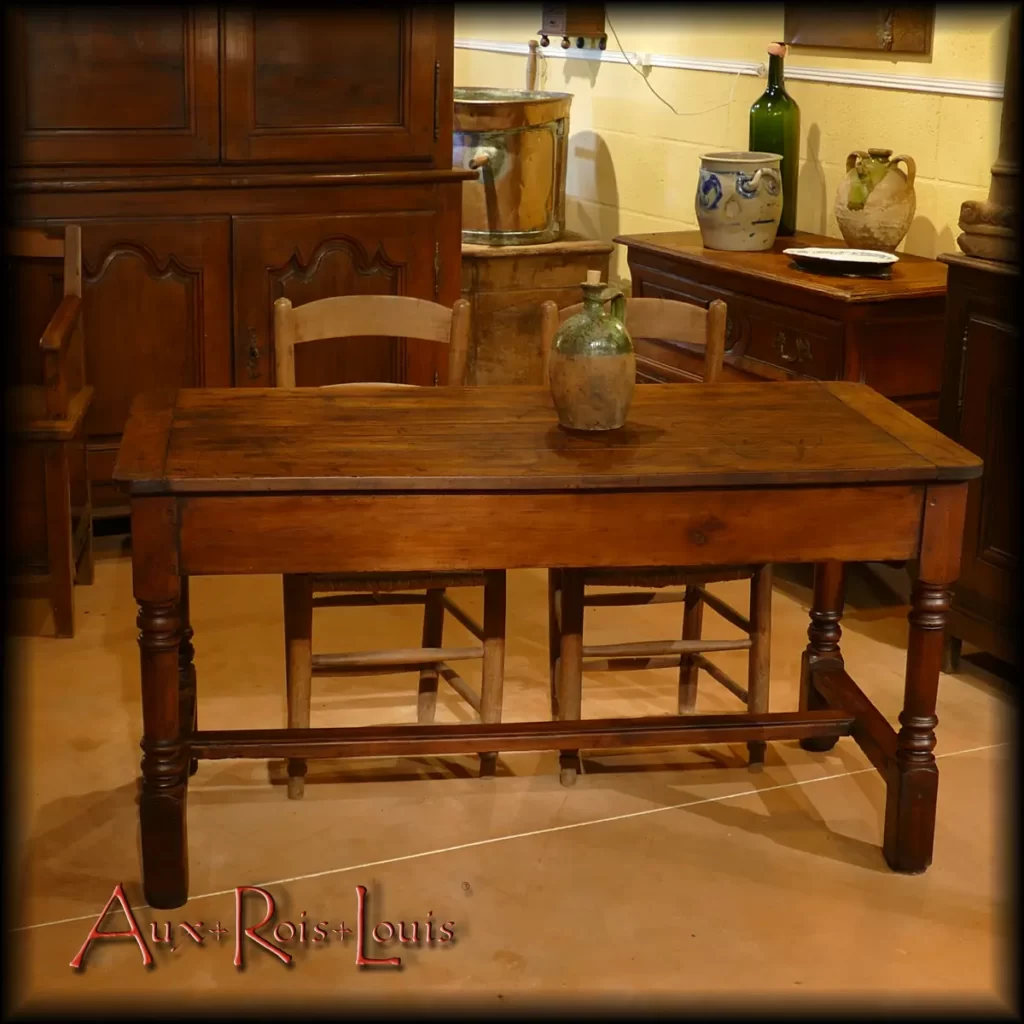
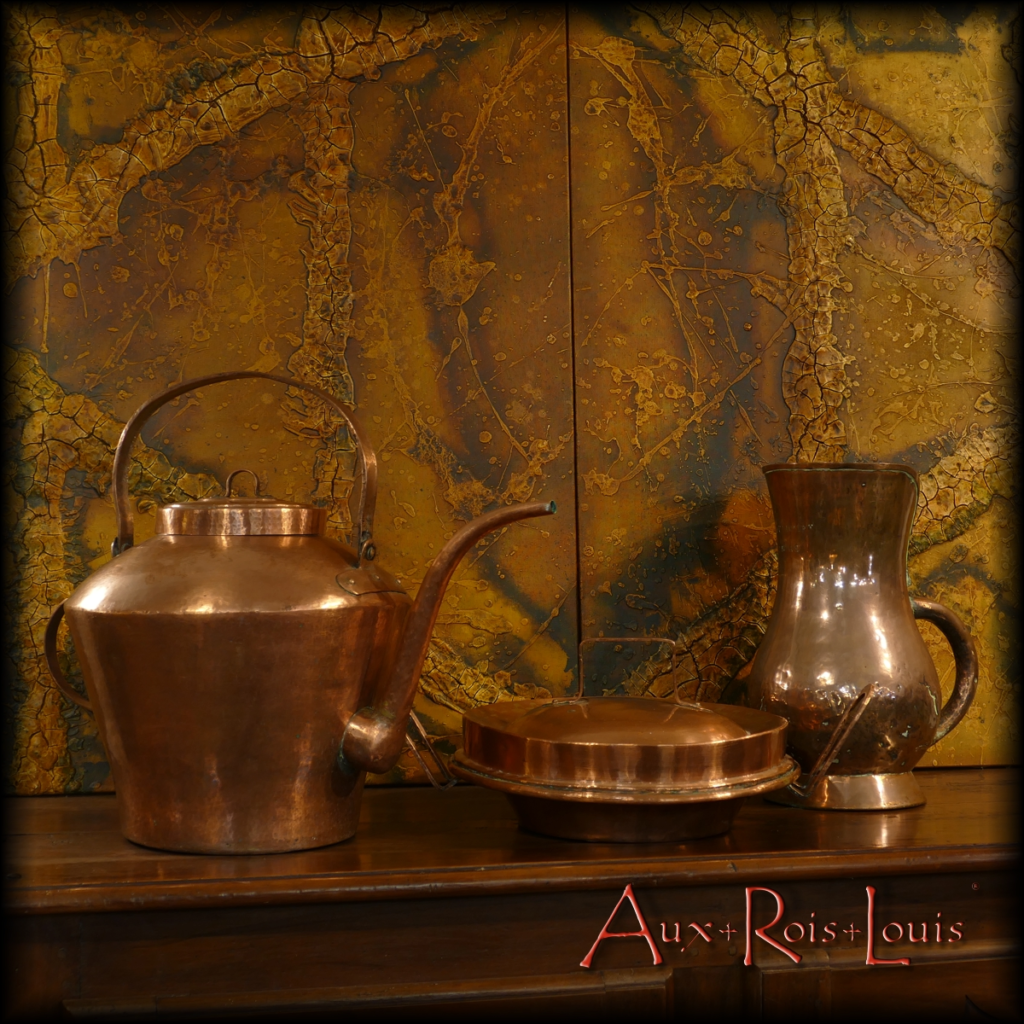
![Oak farm table – 18ᵗʰ century – Cantal – [MP031]](https://www.aux-rois-louis.com/wp-content/uploads/2022/08/MP031_093-1024x1024.webp)
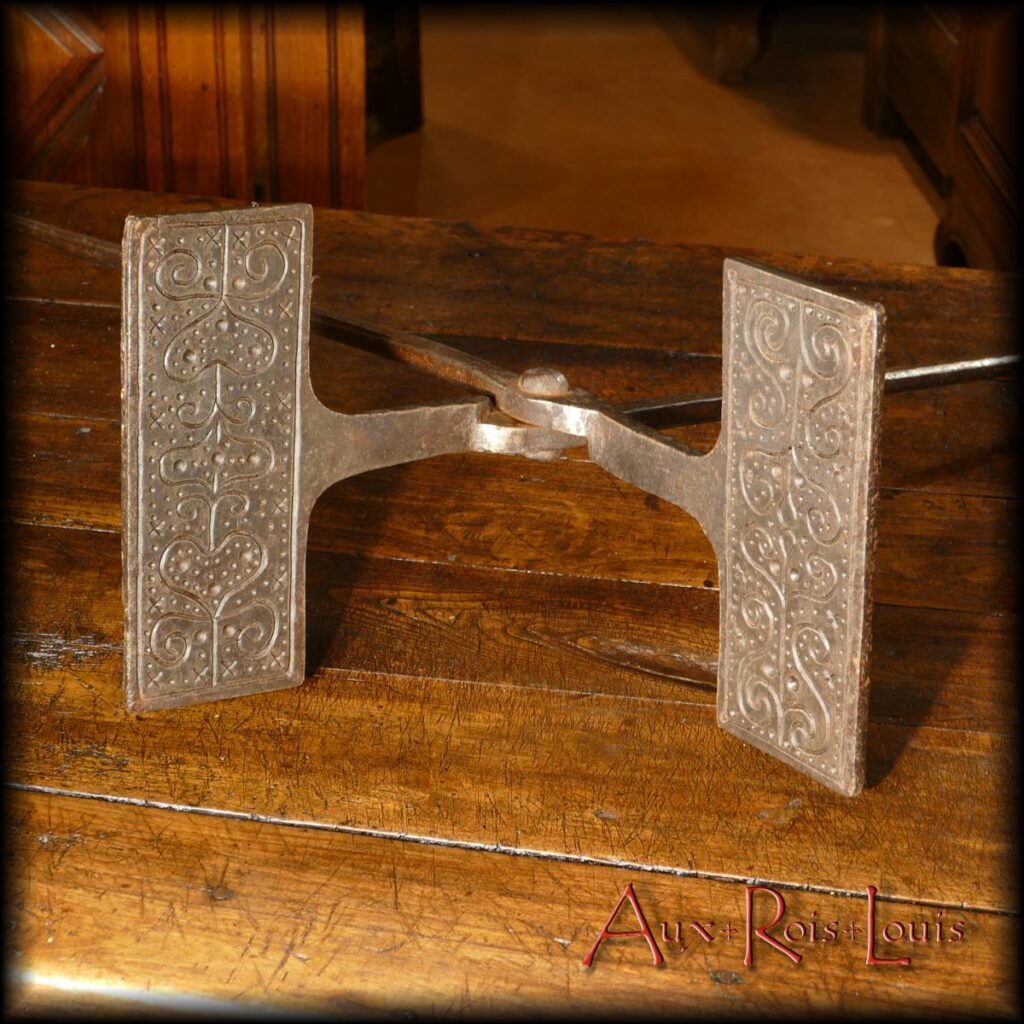
![Imperial oil jug – 19ᵗʰ century – Quercy – [PA072]](https://www.aux-rois-louis.com/wp-content/uploads/2022/04/PA072_P1660219x1200-1024x1024.jpg)
![Walnut sideboard – 18ᵗʰ century – South-West – [MP030]](https://www.aux-rois-louis.com/wp-content/uploads/2022/04/MP030_740-1024x1024.jpg)
![Two oil jugs - late 18th century early 19th century - Lot Valley, Quercy - [PA062] [PA063]](https://www.aux-rois-louis.com/wp-content/uploads/2021/12/PA062-63_P1650160.jpg)
![Walnut pantry cabinet - 19th century - Provence - [MP026]](https://www.aux-rois-louis.com/wp-content/uploads/2021/11/MP026_P1650178x900.jpg)
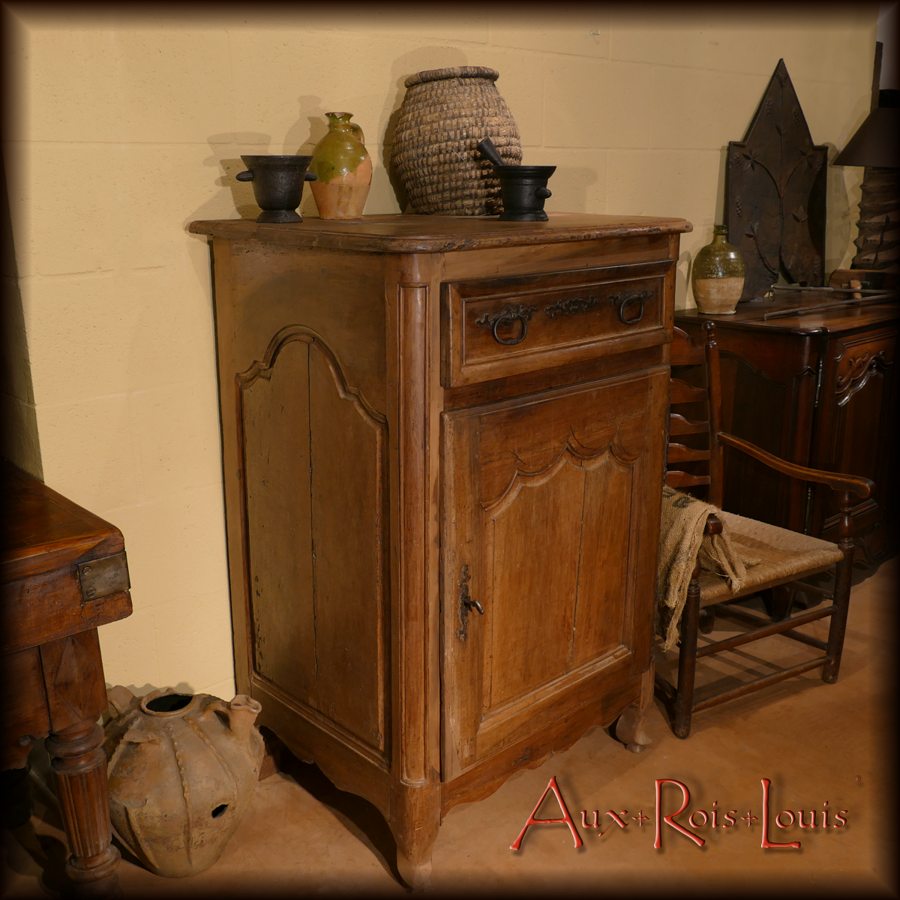
![Jam cabinet in cheery – late 18th century – Périgord – [MP023]](https://www.aux-rois-louis.com/wp-content/uploads/2021/11/MP023_084x900.jpg)
![Two water jugs – 19th century – Les Landes – [PA060] [PA061]](https://www.aux-rois-louis.com/wp-content/uploads/2021/11/PA060_61_099x900.jpg)
![Three water jugs – 19th century – Périgord – [PA055] [PA056] [PA057]](https://www.aux-rois-louis.com/wp-content/uploads/2021/10/PA055-56-57_P1600970.jpg)
![Beech butcher's block - early 20th century - [MP022]](https://www.aux-rois-louis.com/wp-content/uploads/2021/08/MP022_P1600984.jpg)
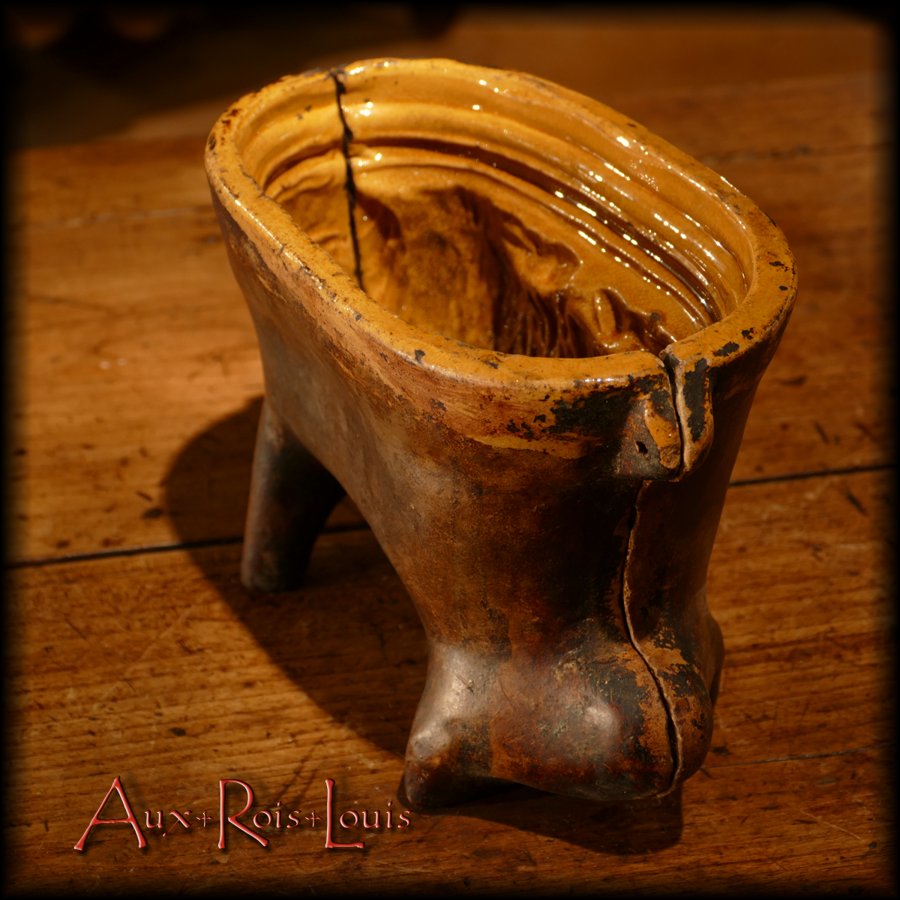
![Vaisselier dresser-drainer in cherrywood – 19ᵗʰ century – South West – [MP019]](https://www.aux-rois-louis.com/wp-content/uploads/2021/04/MP019_P1600496.jpg)
![Oval walnut cellar table – 18ᵗʰ century – Lot – [MP017]](https://www.aux-rois-louis.com/wp-content/uploads/2021/02/MP017_P1600257.jpg)
![Louis XV style “homme-debout” in walnut - 18ᵗʰ century - Périgord - [ME043]](https://www.aux-rois-louis.com/wp-content/uploads/2020/11/ME043_P1600159.jpg)
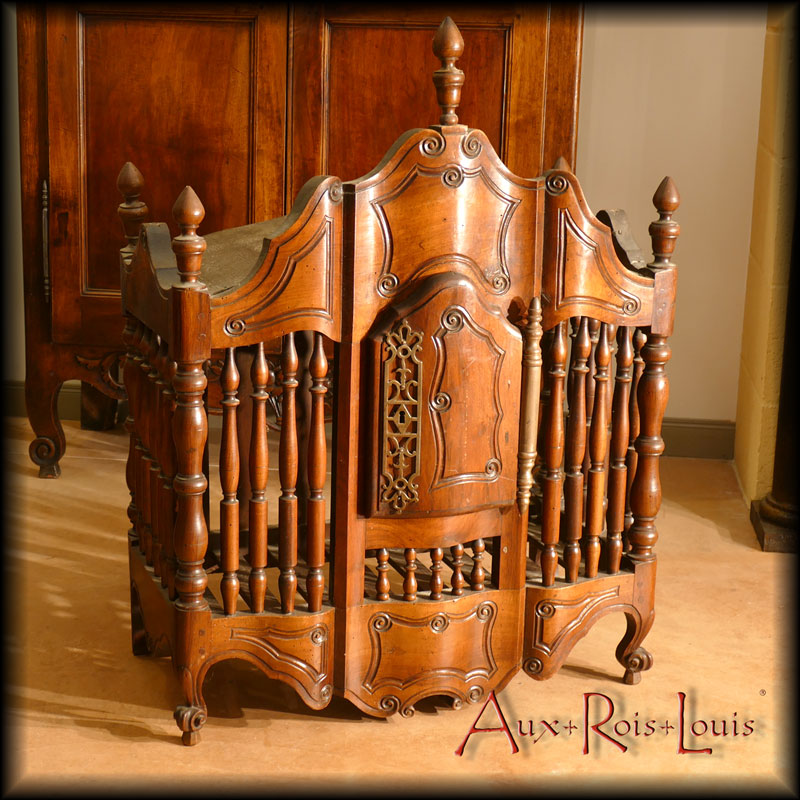
![Louis XIII kitchen cupboard 17ᵗʰ century – Haute‑Loire – [MP002]](https://www.aux-rois-louis.com/wp-content/uploads/2022/07/N17_P1470819.webp)